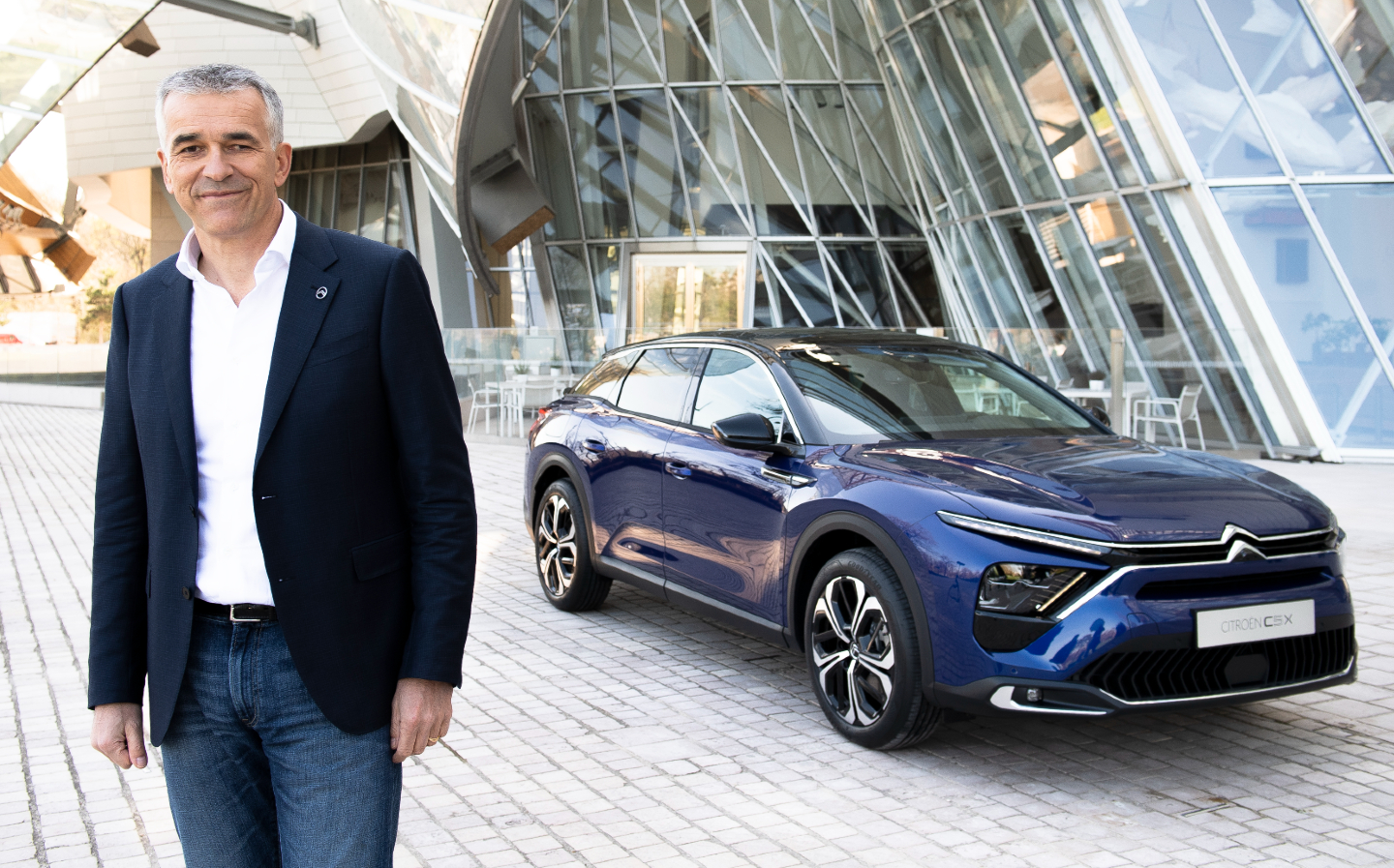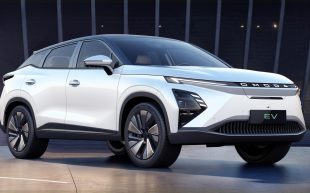Citroën boss outlines four ways car industry can introduce affordable electric cars
Big batteries are 'wrong'
The car industry needs to do four things if it’s to make affordable electric cars for the masses, according to the CEO of a leading carmaker.
Citroën boss Vincent Cobée, who plans to introduce a small electric car to replace the C3 supermini, said he will only do so when it is possible to sell it at price parity with petrol-powered cars in the same segment. In order to do so, the car industry will need to tackle inflation, promote the fact the EVs hold their value well over time, improve efficiency and, importantly, stop making the batteries excessively large.
Cobée’s comments were made at the launch of the e-C4 X saloon earlier this month, ahead of a report in The Times today that Kia has no immediate plans for a mass-market electric car due to the difficulty of producing them on a commercially viable basis.
Kia, which is now the sixth biggest car brand in the UK and sold 16,000 electric cars last year, plans to increase that to 20,000 EVs in 2023. But an affordable small car is not part of its plans, according to Paul Philpott, Kia’s UK chief executive, because profit on small EVs is difficult due to the cost of the batteries. With smaller cars, the battery is a larger proportion of the production costs.
“The electrification of the small car is really difficult, economically speaking,” he told The Times.
But speaking to Driving.co.uk, Cobée suggested the industry was making a mistake in its approach, and potentially allowing Chinese manufacturers to muscle their way into the market by not making European-produced EVs more affordable. The first major disruptor is the new MG4, which is produced by SAIC in China, and costs from £26,995.
MG4 2022 review: Bargain basement, or just a bargain?
Four ways to reduce costs for consumers
The economic conditions are especially difficult for European carmakers right now due to inflation, Cobée pointed out. He said that as the cost of raw materials rises, it disproportionately affects the prices of producing EVs.
“One element is electricity [used in the production process], and the electricity used to build an EV is higher [than petrol or diesel cars] because of a battery itself. The internal costs of the cars, between the increase on combustion engines and the increase on battery-electric cars, is a ratio of one to three.
“So let’s say costs increase some hundreds per car for ICE (internal combustion engine cars), it’s some hundreds times three on the battery-electric equivalent. That leads to pricing activity from our side to protect margins, which is higher on EV.”
Tackling this inflation disparity has to be a key focus of the car industry, according to Cobée.
“We need to counteract inflation and make sure that those raw materials or those inputs increases are being reduced, retracted or compensated for.”
A second key point that needs to be made clearer to the public, Cobée argued, was the effect of residual values; the amount of value a car loses over time. According to most sources, including The AA, the average new car has lost around 60% of its value after three years and 30,000 miles. Electric cars, according to WeBuyAnyCar, lose around 49% over the same period.
“Battery-electric vehicle residual values have been understated,” Cobée said. “People have still not completely integrated the fact that the durability of an electric car is longer than we initially thought; that the battery state of health is much better over time.
“So, part of the inflation compensation will be achieved through residual value, and therefore the monthly instalments will not increase as much as the sticker price does.”
One of Cobée’s main gripes is the move towards larger batteries for electric vehicles, as a way of increasing range (how far EVs can go between charges).
“More autonomy — in other words bigger batteries — is not the way to go,” he said. “We need to agree on the idea that battery sizes do not explode, because that will add insult to injury. You know if the marginal costs are going up but also the size goes up? It’s wrong.”
Today, the battery capacity of most cars made by the Stellantis group – including Citroën – is 50kWh, while many other car makers’ batteries are over 70kWh in size – some exceeding 100kWh.
At the same time, Cobée believes the car industry needs to improve vehicles’ efficiency; to squeeze every mile possible out of a battery, no matter the size. This is to be achieved, he said, not just through more aerodynamic cars (he’s no fan of tall, heavy electric SUVs) but also via drivetrain improvements.
“From a homologated efficiency point of view, a good number is between 14 and 16 kilowatt-hours per 100 kilometre (3.9-4.4 miles per kWh); we need to go below 12 (5.2 miles per kWh),” Cobée said.
“And to be clear, some of our Asian competitors are bordering on 20 (3.1 miles per kWh), and the best players in town are around 12 and a half, 13 today.”
But, Cobée stressed: “We need to be very clear, we will move towards electrification on passenger cars; there’s no debate there. We will do it. And we’ll make sure that we find a solution to every possible situation to make the costs acceptable for the customers.
“When I move into B segment (small cars), I will try to be similar price level as the ICE car it replaces. And how do we do this? These things I describe.”
Tweet to @wdron Follow @wdronRelated articles
- After reading about the Citroën boss’s plans for making electric vehicles affordable, you might like to read about the Citroën Oli concept, which features cardboard panels and focus on sustainability
- Tiny Citroen Ami prices confirmed ahead of electric city car going on sale in the UK
- Car makers’ electric vehicle plans for 2023 and beyond
Latest articles
- Dacia Duster 2024 review: Rugged, affordable SUV modernised with electrification and quite the glow up
- Audi A3 Sportback 2024 review: Softly, softly, catchy premium hatchback buyer
- New electric-only Mini Aceman fills gap between Mini Cooper hatch and Countryman SUV
- Tesla driver arrested on homicide charges after killing motorcyclist while using Autopilot
- Porsche Macan 2024 review: Sporty compact SUV goes electric, but is it still the class leader for handling?
- F1 2024 calendar and race reports: What time the next grand prix starts and what happened in the previous rounds
- Aston Martin DBX SUV gets the interior — and touchscreen — it always deserved
- Nissan unveils bold look for updated Qashqai, still made in UK
- British firm Bedeo launches new EV conversion kit for classic Defender














